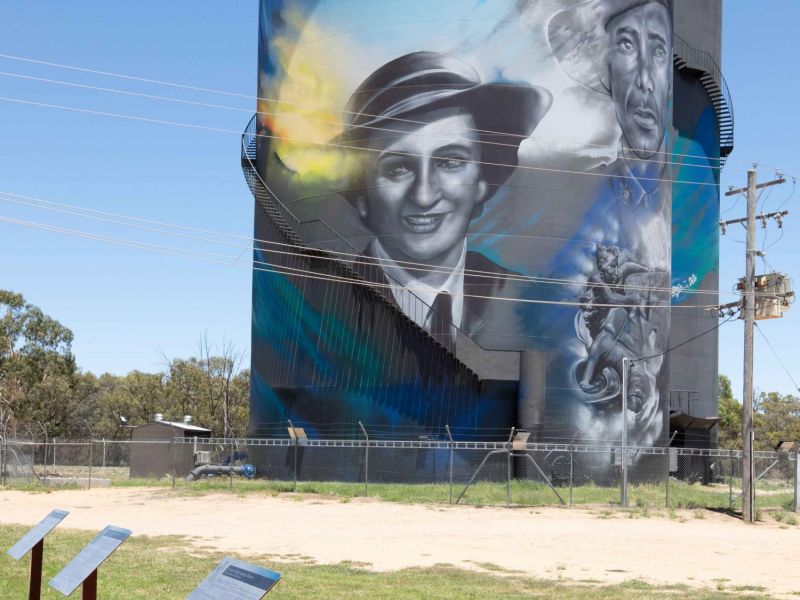CPL Clifford Leslie FARLOW
Cliff Farlow was born 27 April 1922 and lived on the dairy ‘Rosedale’ on the Hay Irrigation Area. He attended the Hay Public and War Memorial High Schools. He voluntarily enlisted on 26 June 1940 at Wagga Wagga, aged 18 years. He trained at Wallgrove, Ingleburn and Bathurst army camps before leaving Sydney on 4 February 1941 for Freemantle and then onto Singapore and then to Seremban in Malaya.
The Japanese bombed Pearl Harbor 7 December 1941, and the very next day Japanese troops advance into southern Thailand and Malaya. Shortly after, while leading a bayonet charge against Japanese troops, Cliff received a bayonet wound to the shoulder during the Battle of Muar. Like most of the 8th Division, Cliff became a POW after the surrender of Singapore on 15 February 1942.
Originally held as a POW at Changi, Cliff was moved to work on the Burma-Thailand railway:
- May 1942 to Burma, to Mergui then to Tavoy;
- 20 December 1942 to 26 Kilo Camp;
- March 1943 to 75 Kilo Camp, where he spent his 21st birthday; and
- May 1943 to 105 Kilo Camp.
Of 75 Kilo Camp he later wrote:
We got our first taste of bridge building here, Japanese style. Food was indeed much worst and deaths quite frequent in the camp, so much so that death just became another event.
In February 1944, Cliff was deemed fit enough to be moved to Japan for internment, and travelled via Saigon to Singapore where he boarded the transport ship Rakuyo Maru on 6 September 1944. On 12 September 1944, the submarine USS Sealion II, torpedoed the Rakuyo Maru. Some of the survivors lasted four days before being rescued by another USN submarine, the USS Pampanito. As Cliff related many years after the event:
Four days in the water clinging to a makeshift raft, our bodies covered in oil and in a weakened state of mind and limb, we hardly knew we were being taken on board. Oh, what a wonderful miracle, free and safe at last.
There had been 1,318 Australian and British POWs on the Rakuyo Maru, but only about 150 were rescued by the US Navy and taken to Saipan in the recently liberated Northern Mariana Islands.
In late September, Cliff and other survivors left Saipan by ship, arriving at Guadalcanal to stay a few days under Australian supervision. In October, they arrived in Brisbane, staying about three weeks at the Brisbane Convalescent Hospital. Cliff was then given three months leave and returned home to Hay, NSW, a place he believed he would never see again.
In May, Cliff received his discharge from the army having given almost five years’ service, most of it in captivity.
On the 26th March 1946 Cliff married Dorothy Smith and they had two daughters, Anne and Jenny, and a son Bryce. He died at 5.00am on 12 September 2006 which, coincidently, was the exact time and date 62 years ago the Rakuyo Maru was sunk.

